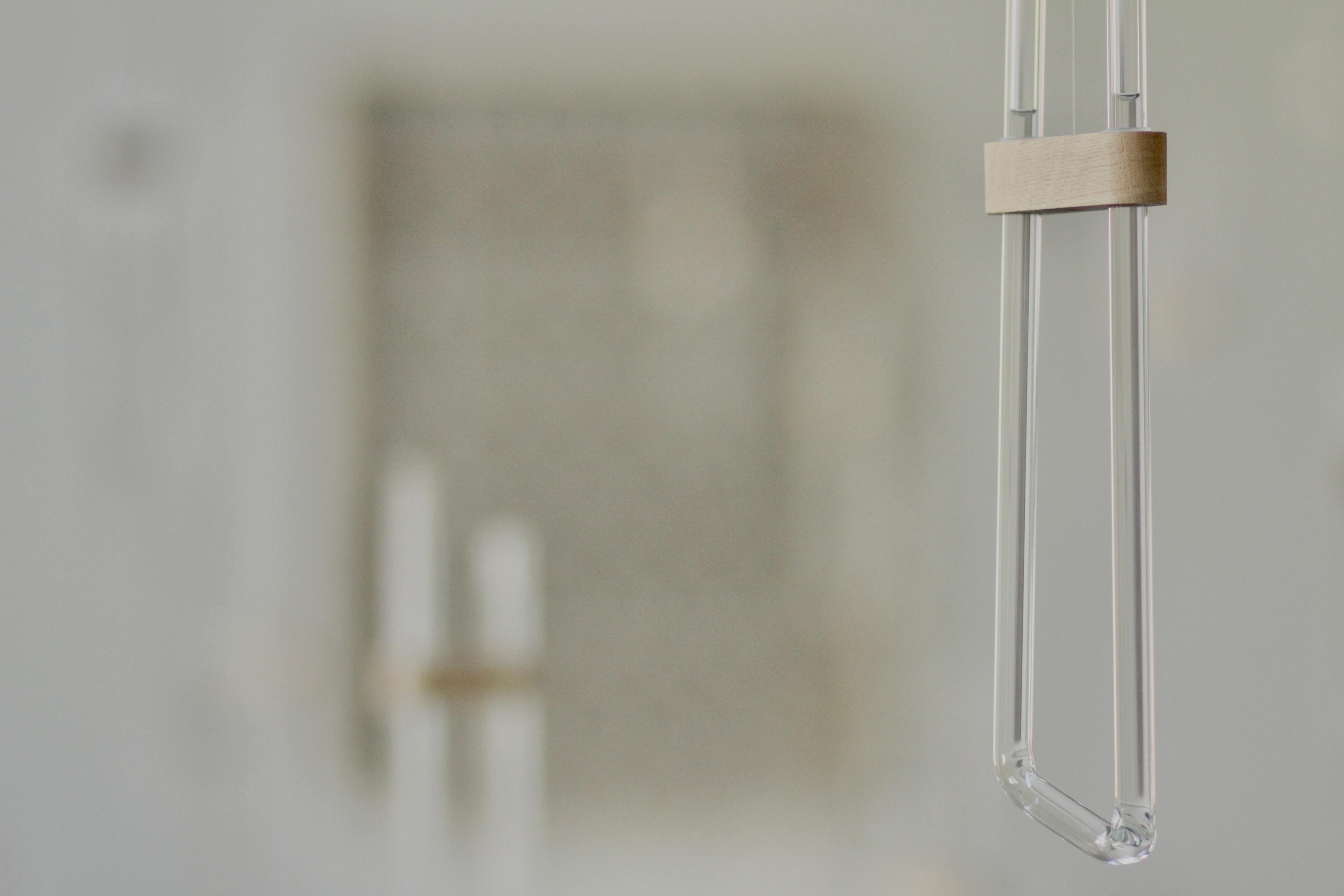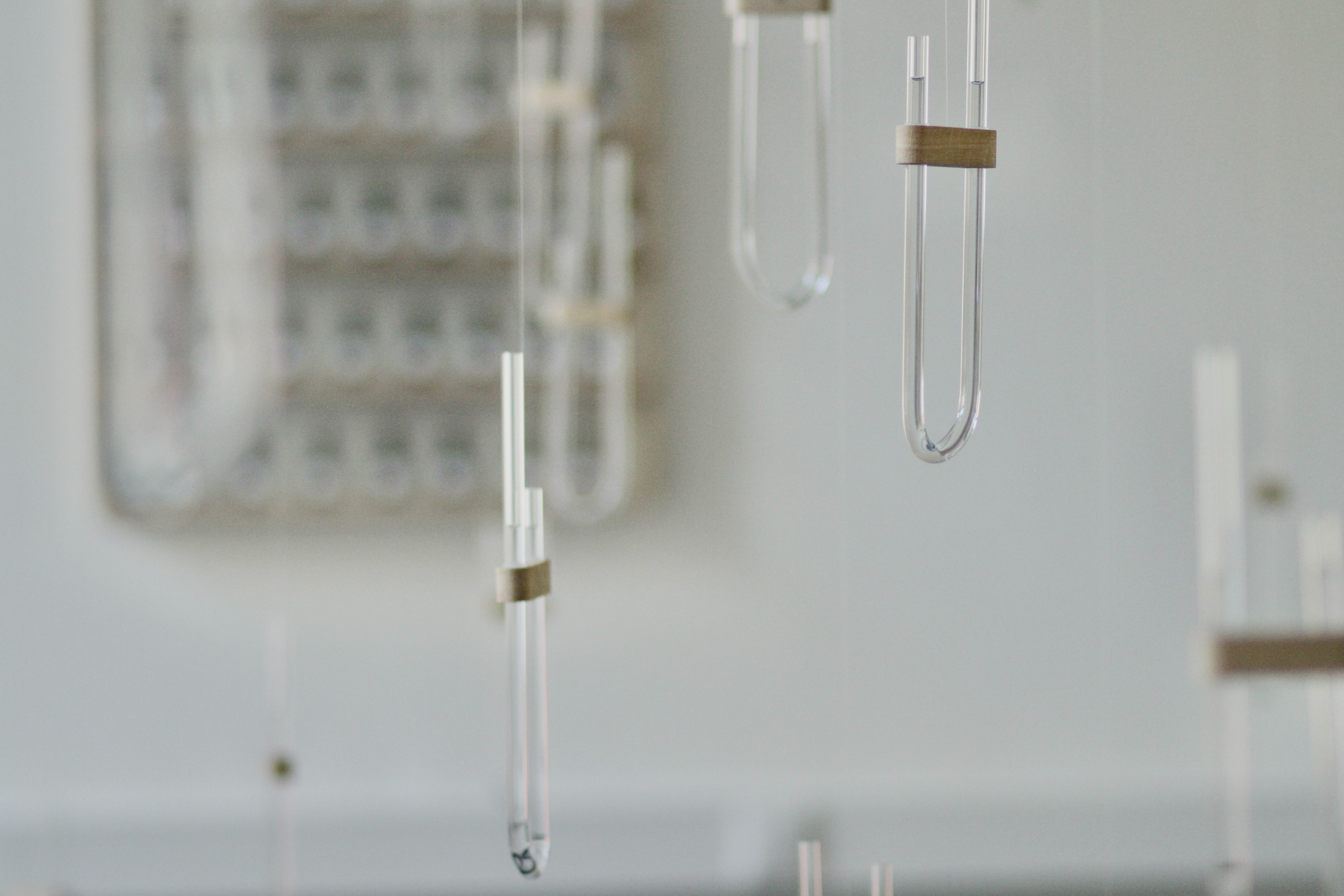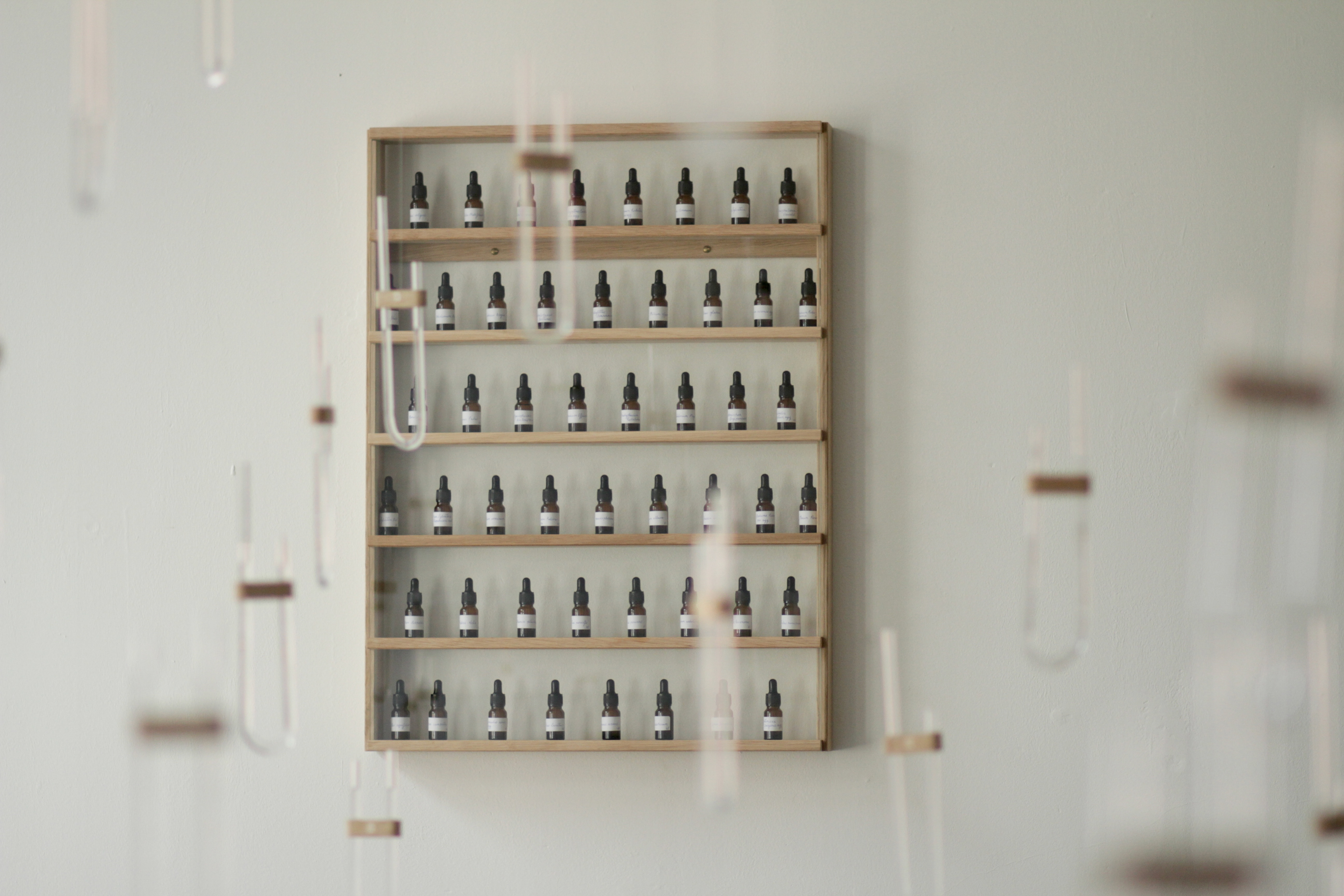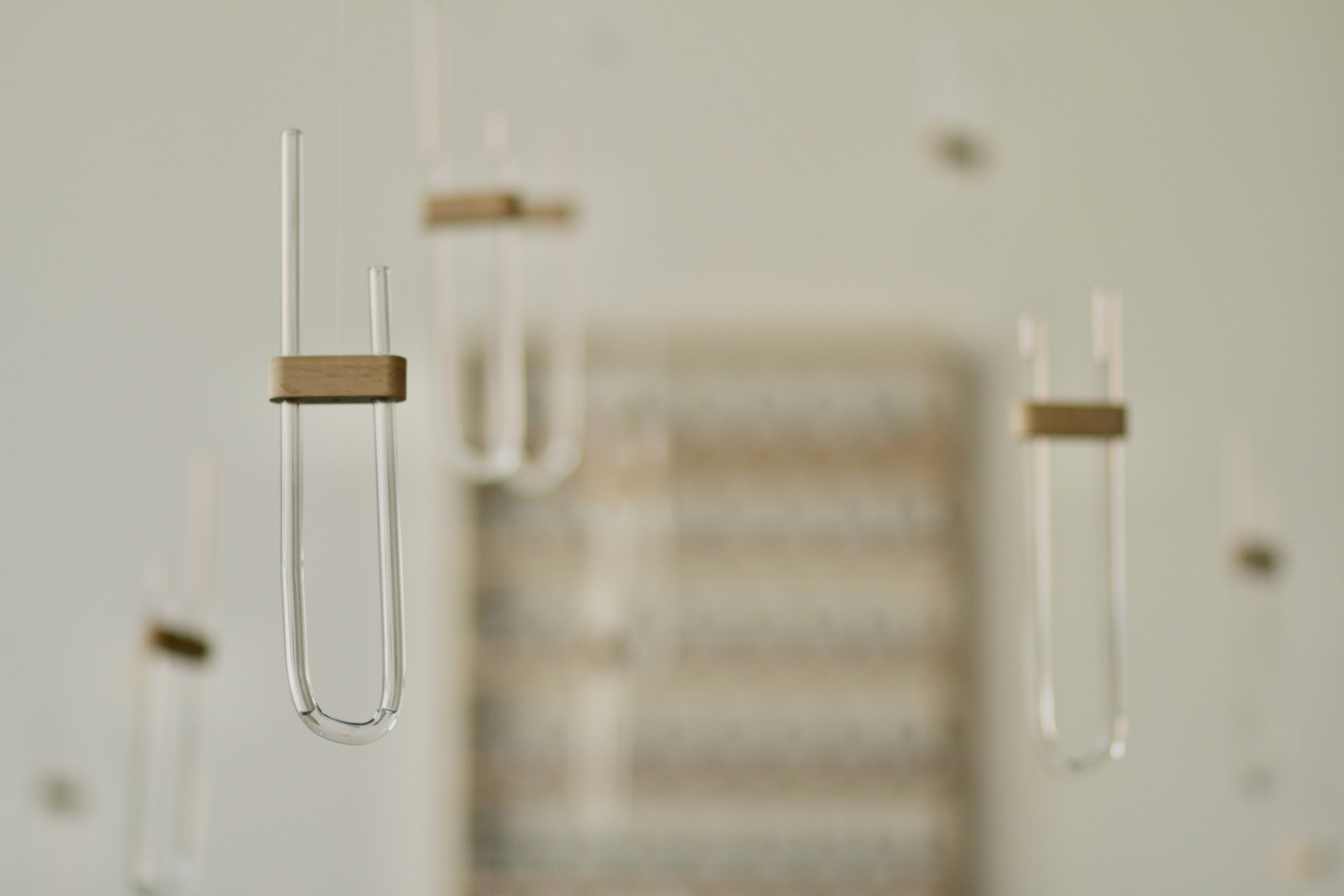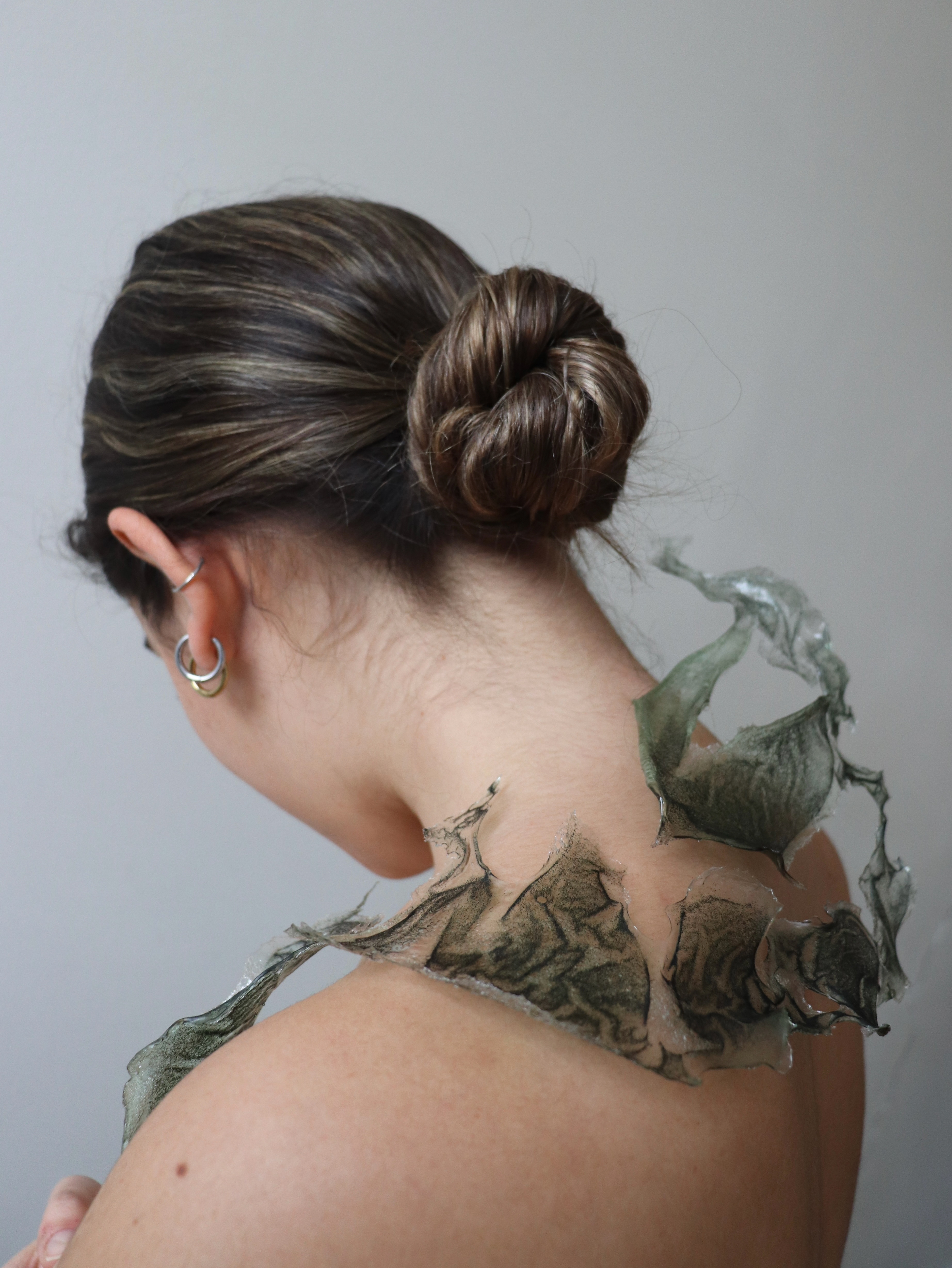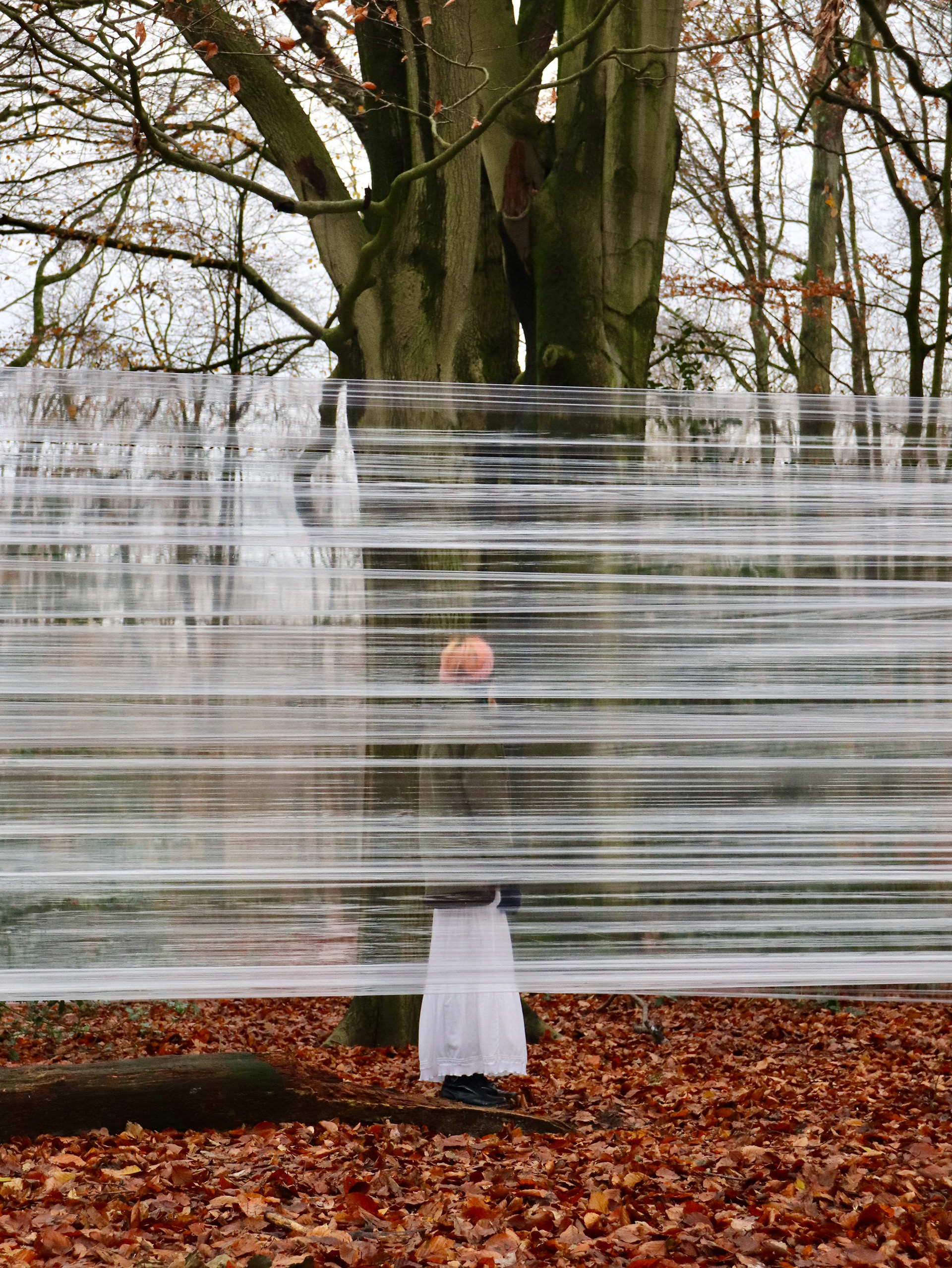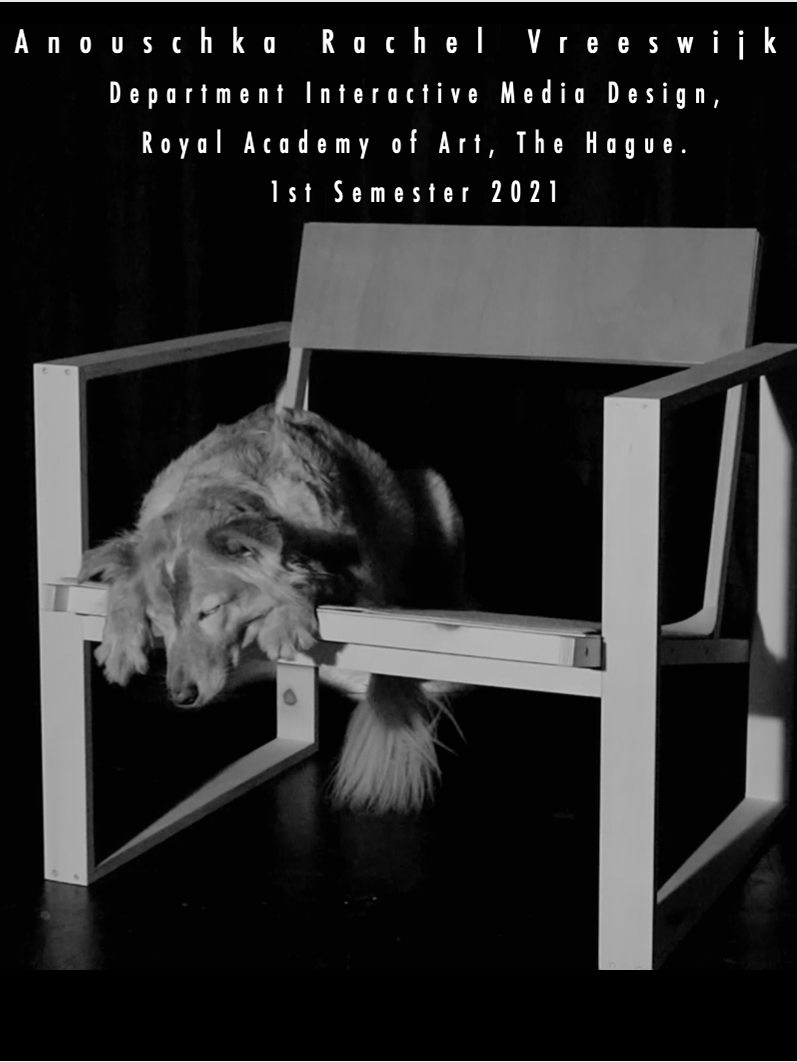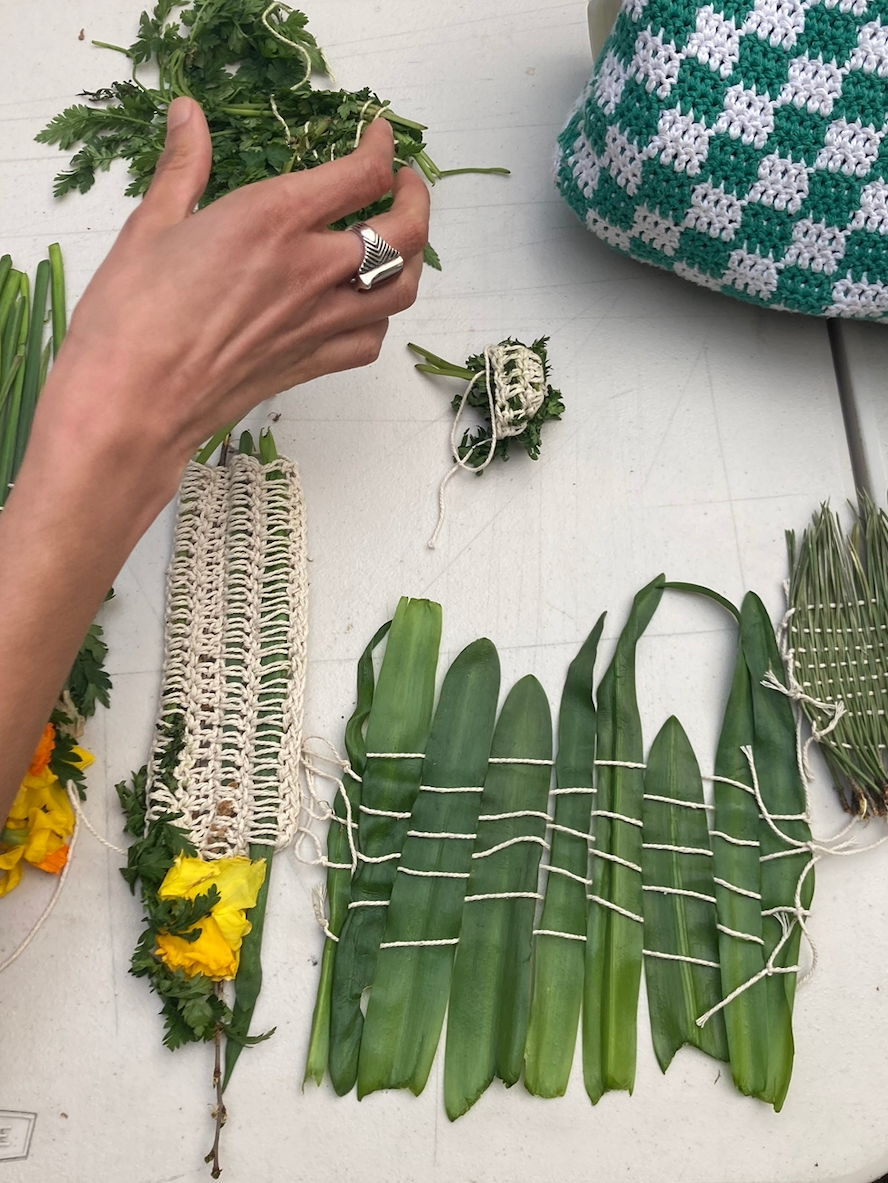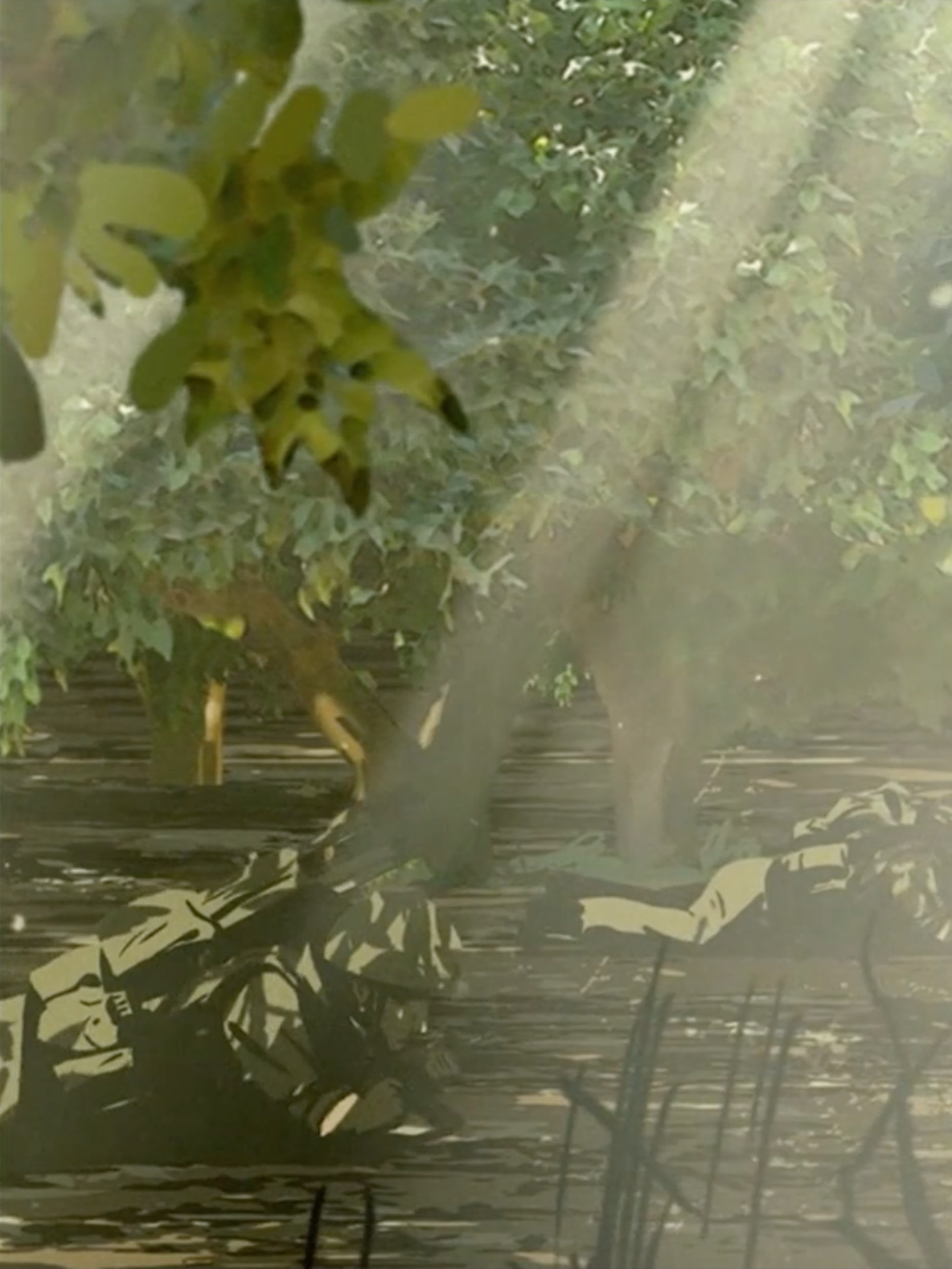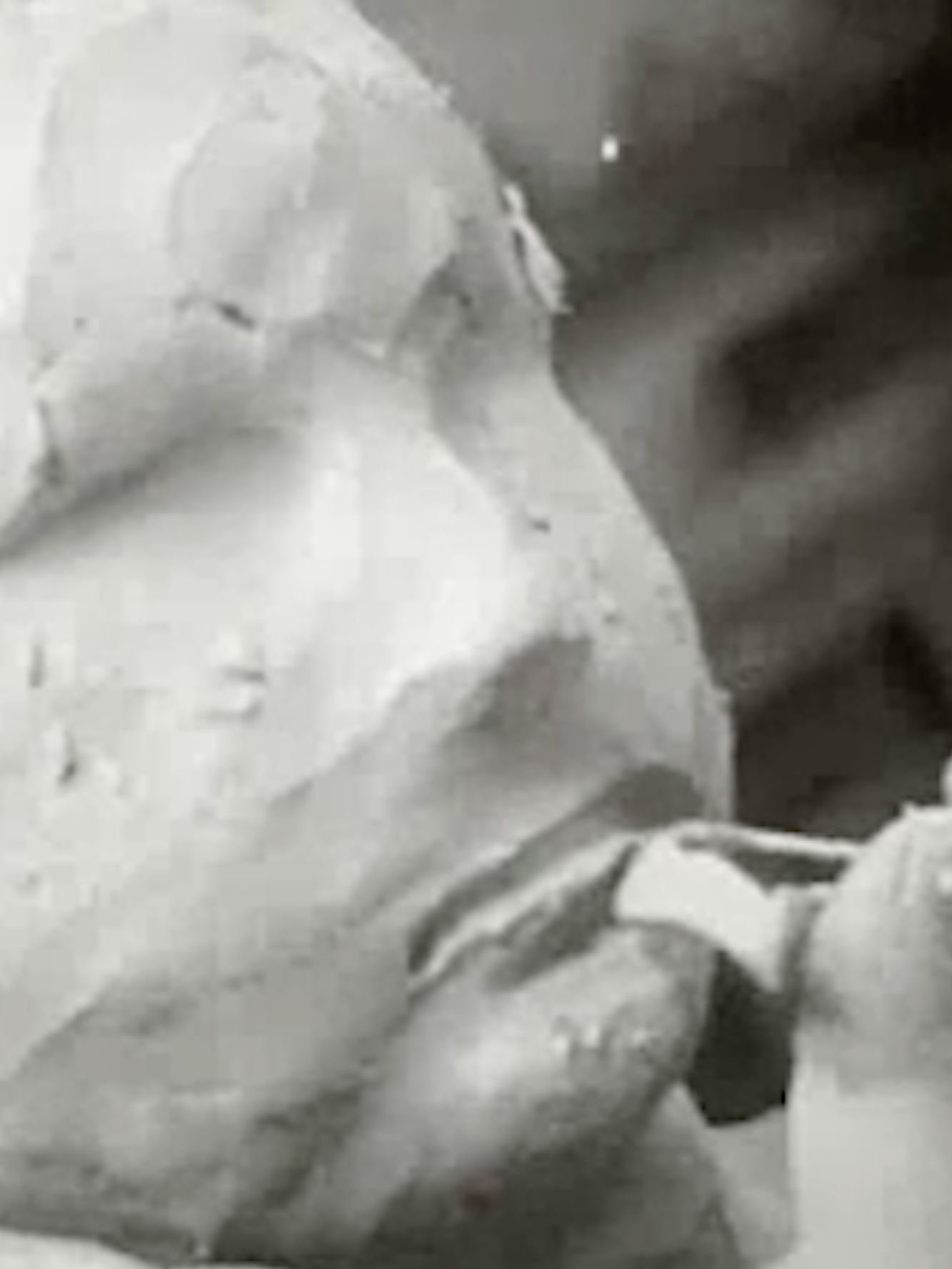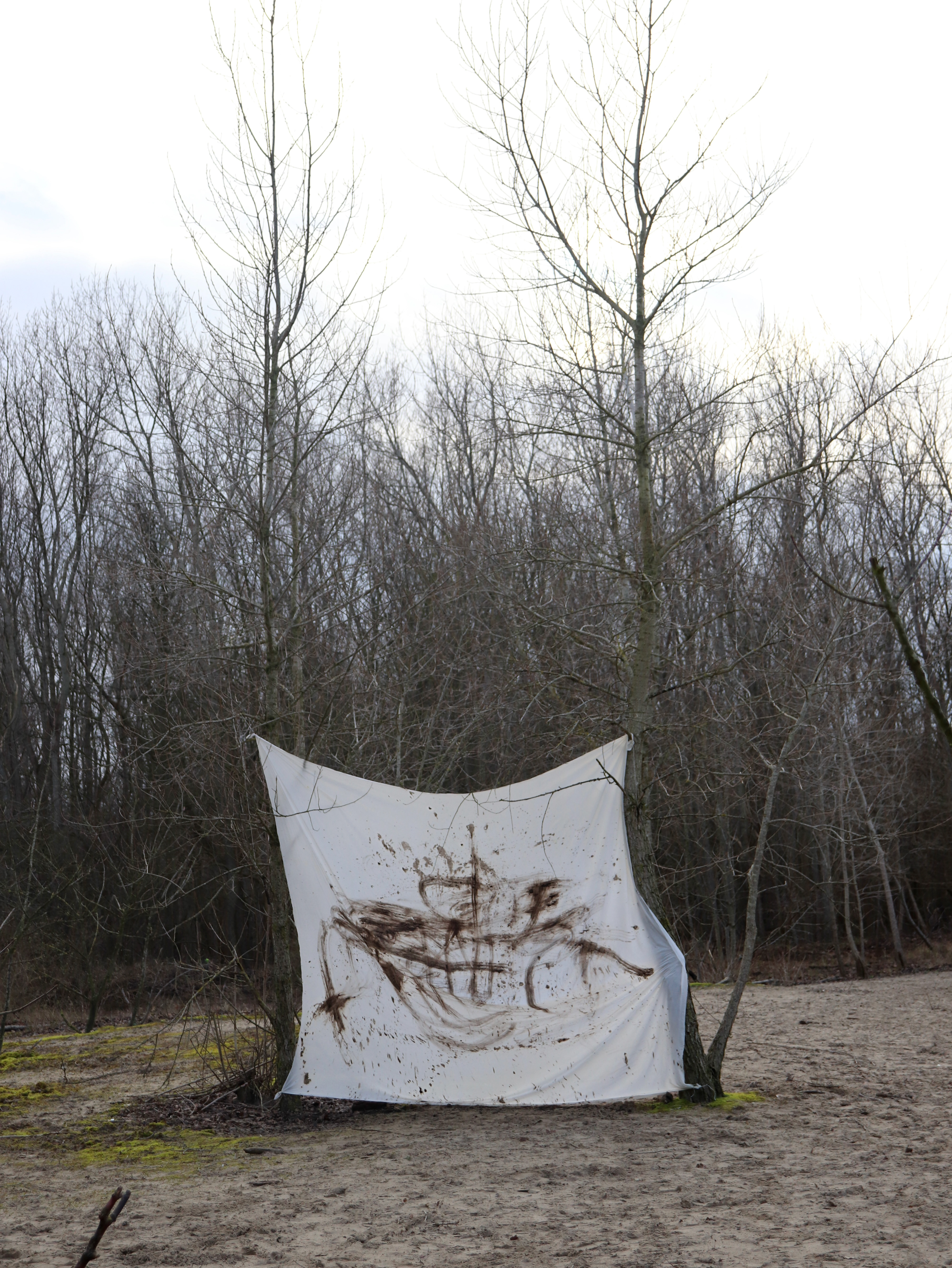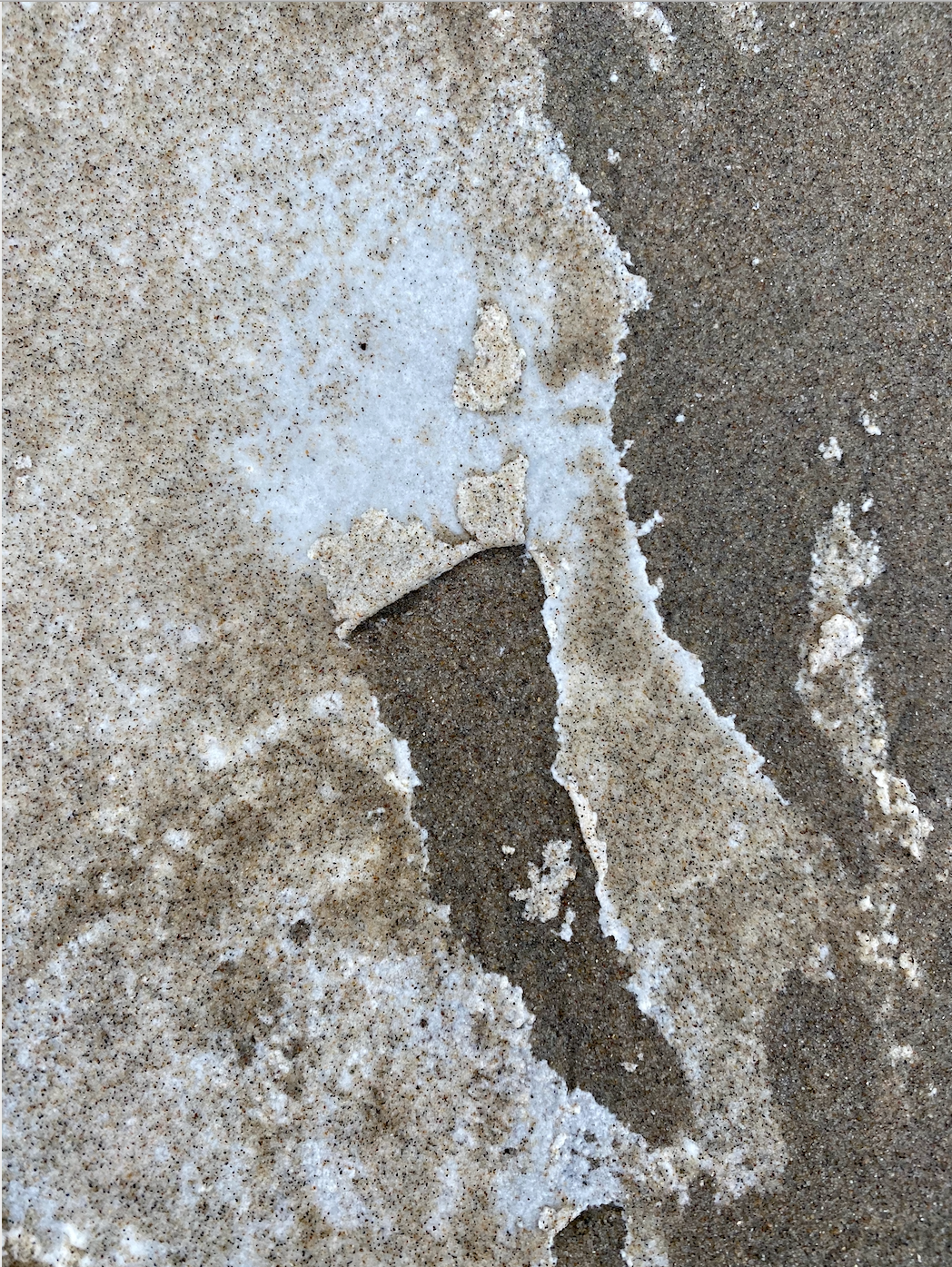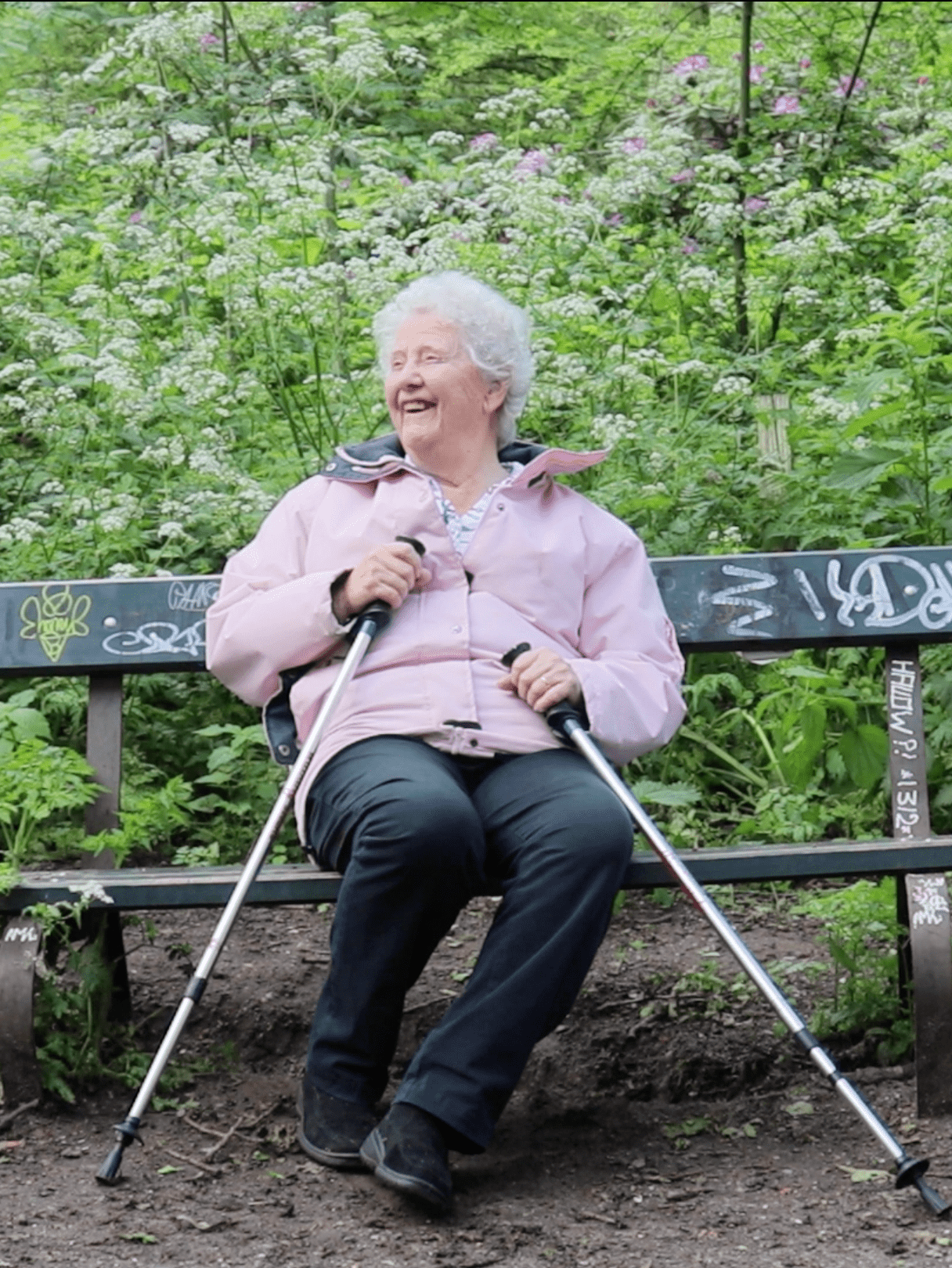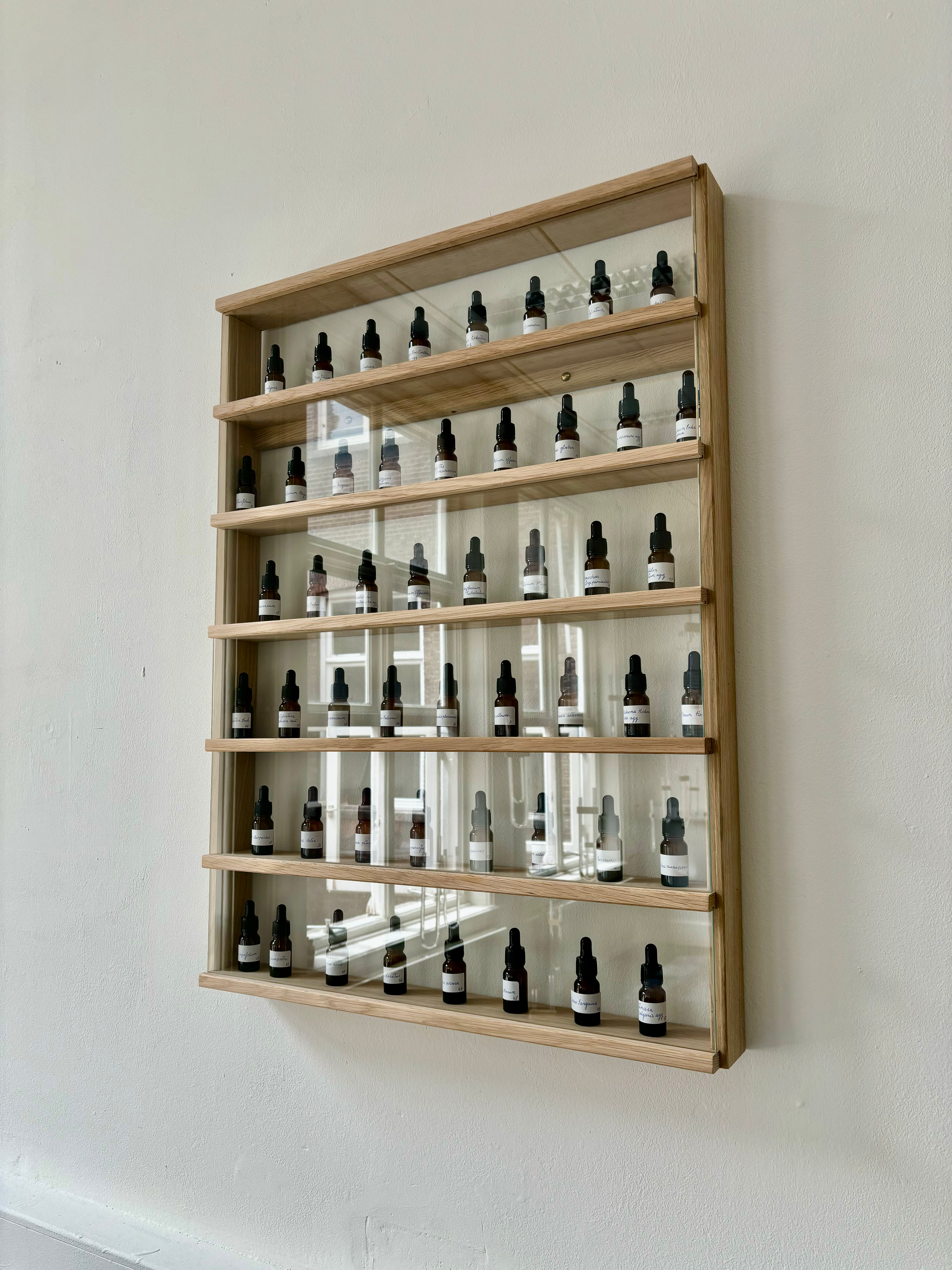

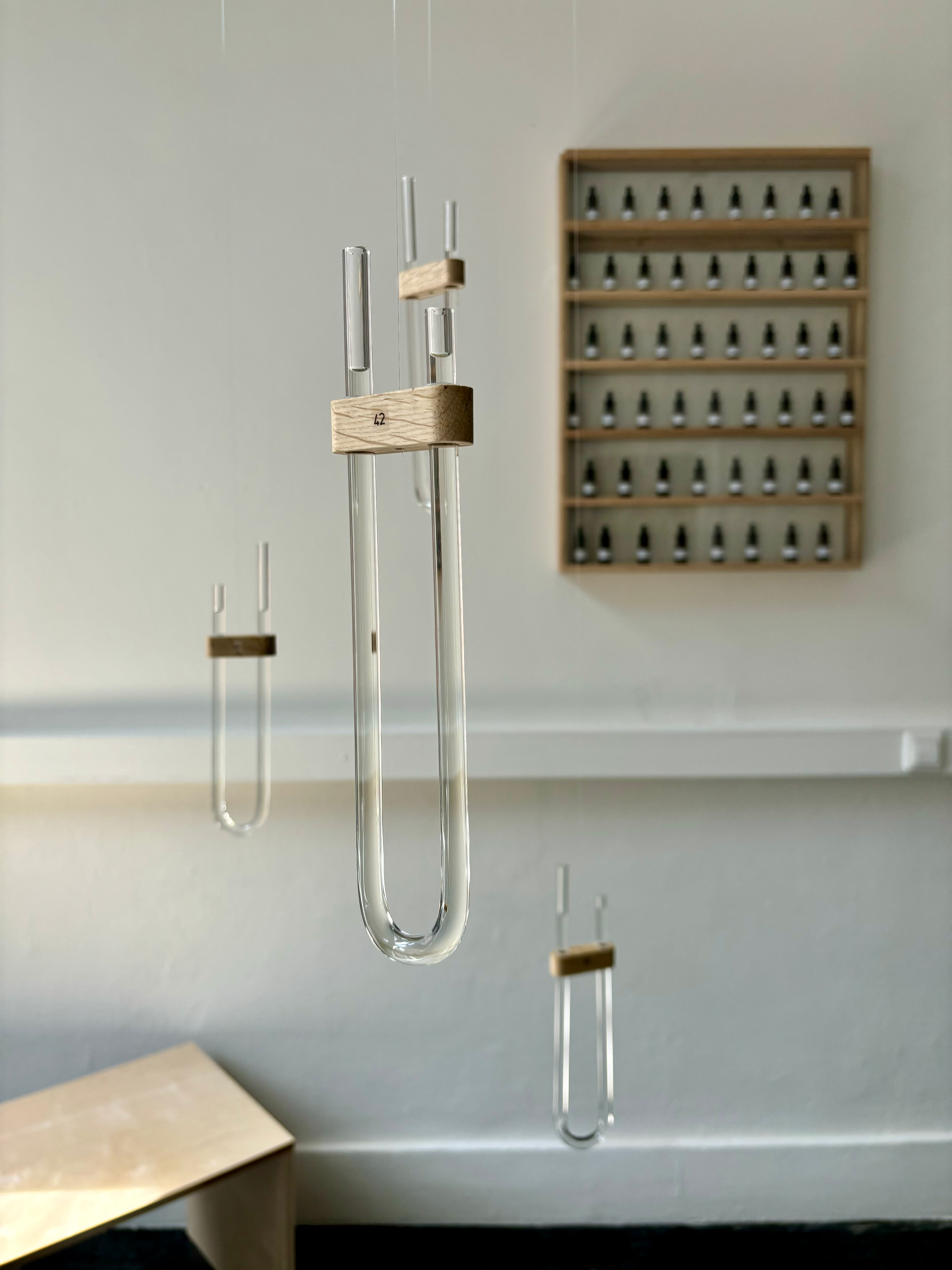
Archiving Park Sorghvliet’s
Natural Communication Networks
With my Graduation Work I invite you to embark on a journey to uncover the hidden language of the forest. Through my artistic exploration, I delve into the captivating ways trees communicate with each other, both underground through intricate fungal networks and above the ground through the release of evocative scents.
While plants don’t “smell” like animals do, they can detect volatile organic compounds (VOCs) released by other plants or invading pests. Therefore, the unique scent profile of a forest can serve as a bioindicator of its condition, reflecting the intricate interactions between plants, soil microbes, the atmosphere and us, ultimately influencing our well-being and environmental health.
To extract these volatile organic compounds into smells specific techniques and methods need to be employed. Extraction methods, like steam distillation and solvent extraction, is a method I used through this work to extract volatile compounds from plant materials.
In a rapidly changing world, understanding and preserving nature’s communication networks is crucial. The work encourages you to look critically at the present as a way to claim control of our shared futures.
Park Sorghvliet in The Hague is a national monument, but it also helps reduce the temperature in The Hague by two degrees. It is our duty to maintain natural processes properly. The Rijksvastgoedbedrijf ensures that the various plants and trees in Park Sorghvliet can develop and thrive optimally. The biodiversity of Sorghvliet has an impact on the flora and fauna in the surrounding residential areas. The flora and fauna reinforce each other. This dedication to managing the green heritage of the Netherlands, protecting natural ecosystems, and promoting the sustainable use of natural resources aligns seamlessly with the core principles of my project. As an artist, part of my goal is to help preserve and protect the vulnerable natural values in Park Sorghvliet for the city’s future.
Scent is the essence of physical presence and lens proof to our surroundings. Contrastingly the 50 scents commissioned for this work are inspired by absence. If global temperatures continue to rise, we can speculate that in the future, our generation’s are likely to not be surrounded with forests as we know them today anymore. Nature will lose its scent and will no longer be present in the natural archive.
What if forests gradually disappear in the world? Aside from the enormous horrific consequences for nature and the fabric of life, how will this affect our mental health? our well-being and leisure? And what are the implications for our sensory skills? Staying away from nature also reduces our sensing ability? Therefore the rhetorical question; Will we have to contain, preserve and fake nature in a way Tomorrow’s remains is doing it now in order to sustain humanity? And if so, Will it become a place of mystery and fairytales, like the real forests used to be?
Through this work I have collaborated in close relationship with Park Sorghvliet to extracted its natural communication network we are unable to see and experience as humans. The olfactory forest installation, structured in the space, contains 50 glass ornaments. Each single ornament releases a different smell representing a part of Park Sorghvliet. The work is an interactive and sustainable archive of today’s natural olfactory communication. The smell archive was started in March 2024 and is ongoing. The fragrances are contained and preserved in individual glasses for future scientists to discover.
Park Sorghvliet consists of hundreds of chemical components. When you stand in the middle of the installation, what you smell is a mixture of them. When moving closer to the ornaments you zoom in to the individual components. These smells adopt a form of mimicry so extreme as a life strategy that they dissolve into their surrounding environment, raising philosophical questions about the boundaries between the subject (man) and its environment (nature) in a system of consumptions, transfigurations and metamorphoses, both real and symbolic.
This Installation offers an educational view with transformative ways of thinking and feeling for ecological, social and personal change.
The connection with nature is at the heart of the experience while there is always a focus on how to be and act in a changing world. As an artist I am convinced that these competences are key to building a sustainable future.
“Knowing that you love the earth changes you, activates you to defend and protect and celebrate. But when you feel that the earth loves you in return, that feeling transformes the relationship from a one-way street into a sacred bond.”
-Robin Wall Kimmer
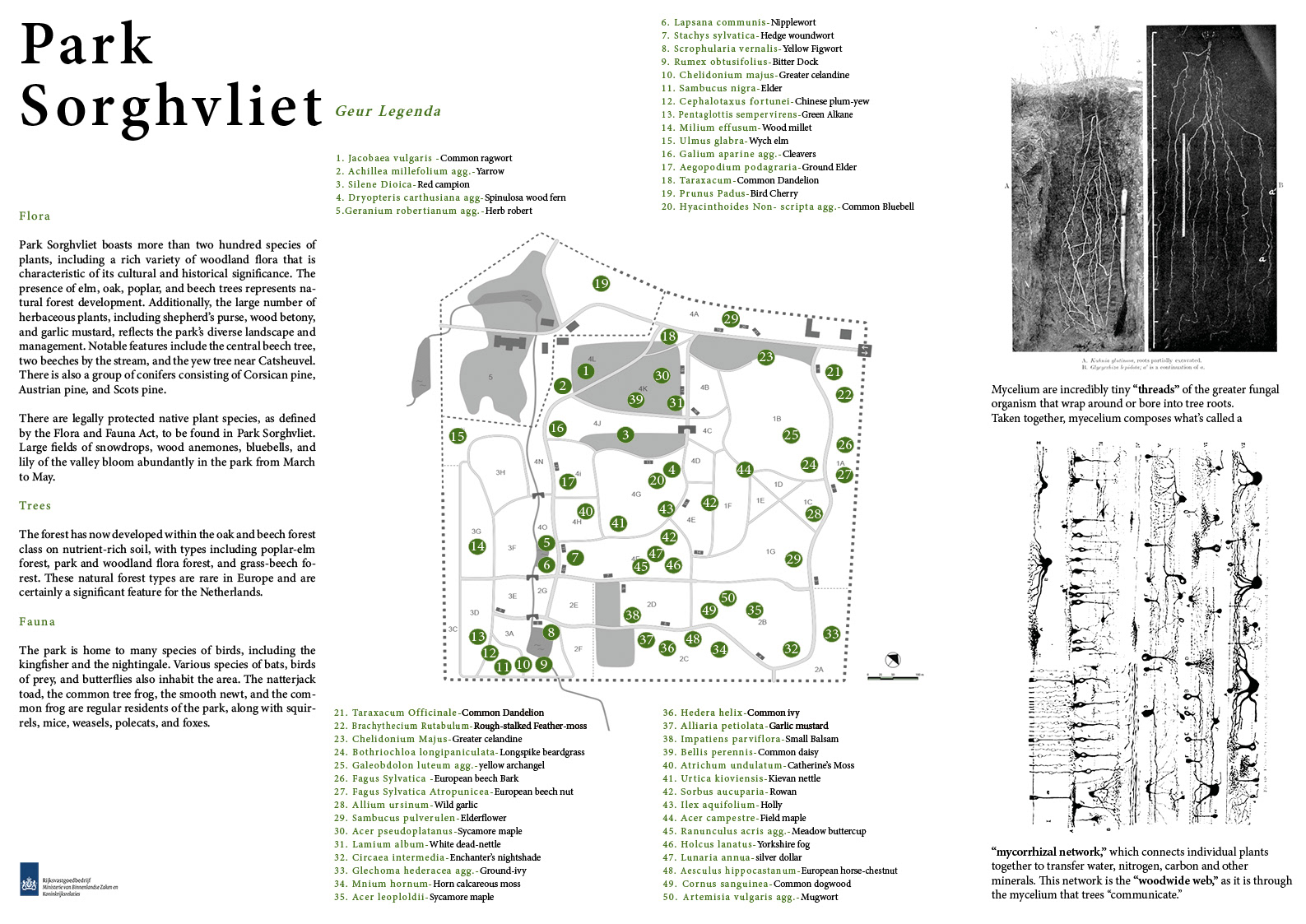
Folder Back

Folder Front

